Summer to make pipelines vulnerable even as BMC saves city from crisis this time around.
Were you surprised at receiving adequate water at home despite the Brihanmumbai Municipal Corporation (BMC) imposing a steep water cut last week? The reason that happened was because the water cut was not steep at all.
The civic body had doubled the water cut from 15% to 30% on
March 24 to save Mumbaikars from a water crisis, following a series of pipeline bursts in the city. However, the cut never really turned out to be 30%.
Despite having lost several million litres of water to the pipeline bursts, the BMC hydraulic department managed to supply almost the same amount of water — 2,900 million litres daily (mld) — as it had been doing since last monsoon. “The city was only subjected to a 2% hike in water cut,” a senior hydraulic department official said.
To compensate for the reduction in supply from the Tansa pipelines, which burst five times in three days last week, the BMC lifted more water from the Modak Sagar-Upper Vaitarna reservoirs, hydraulic chief Vinay Deshpande said.
Similarly, on Saturday, after the Tansa main burst at Valpada near Bhiwandi for the second time in the month, BMC engineers quickly commissioned a new 3-km water pipeline,
“The replacement curbed water wastage on account of the burst. It also meant that supply did not need to be discontinued despite repairs to the isolated portion,” Deshpande said.
Also, to arrest bursts from taking place on the water pipelines, the BMC has decided to increase vigilance at spots that have been identified as vulnerable. “The move will ensure that leakages in the pipeline network will be reported more efficiently and water loss could be reduced,” a senior hydraulic department official said. The official, however, added that the city should be prepared to face a few more bursts in the months to come.
“The two water mains that bring water from Tansa are over 80 years old. They have corroded at many points. As the temperature in the city mounts, their vulnerability index tends to increase,” the official said.
Even Deshpande admitted to the move of increasing vigilance at vulnerable points along the pipelines. “We have asked officials to identify vulnerable portions of the pipeline,” he said, adding that the problem could be fully overcome after the Tansa replacement work was completed in 2013.
![submenu-img]() Ganesh Chaturthi 2024 shubh muhurat: Check city wise puja timings, visarjan date, and bhog for Ganpati Bappa
Ganesh Chaturthi 2024 shubh muhurat: Check city wise puja timings, visarjan date, and bhog for Ganpati Bappa![submenu-img]() 'Leaders in Delhi never liked me…’ Omar Abdullah alleges poll 'conspiracy'
'Leaders in Delhi never liked me…’ Omar Abdullah alleges poll 'conspiracy'![submenu-img]() Boney Kapoor announces new film, its title has a Mr India connect: 'Probably by December we...'
Boney Kapoor announces new film, its title has a Mr India connect: 'Probably by December we...'![submenu-img]() Meet actress, who worked for 17 hours straight on toxic sets, her mental health was affected, left industry, is now...
Meet actress, who worked for 17 hours straight on toxic sets, her mental health was affected, left industry, is now...![submenu-img]() Over 200 Patients celebrate freedom from diabetes in Madhavbaug's nationwide campaign 'Azadi Diabetes Se'
Over 200 Patients celebrate freedom from diabetes in Madhavbaug's nationwide campaign 'Azadi Diabetes Se'![submenu-img]() J-K Assembly Election: घाटी की सियासत में बीजेपी के ‘चाणक्य’ की एंट्री, जानें क्या है ‘मिशन कश्मीर’ प्लान
J-K Assembly Election: घाटी की सियासत में बीजेपी के ‘चाणक्य’ की एंट्री, जानें क्या है ‘मिशन कश्मीर’ प्लान![submenu-img]() UP के बाद अब MP के इस इलाके में भेड़िए का आतंक, एक ही परिवार के 5 लोगों को बनाया निशाना
UP के बाद अब MP के इस इलाके में भेड़िए का आतंक, एक ही परिवार के 5 लोगों को बनाया निशाना ![submenu-img]() NASA News: वापस आ रहा सुनीता विलियम्स को स्पेस में फंसाने वाला Starliner विमान, देखें Video
NASA News: वापस आ रहा सुनीता विलियम्स को स्पेस में फंसाने वाला Starliner विमान, देखें Video![submenu-img]() Breaking News: मध्य प्रदेश के Jabalpur में बड़ा रेल हादसा, सोमनाथ एक्सप्रेस के 2 डिब्बे पटरी से उतरे
Breaking News: मध्य प्रदेश के Jabalpur में बड़ा रेल हादसा, सोमनाथ एक्सप्रेस के 2 डिब्बे पटरी से उतरे ![submenu-img]() Ganesh Chaturthi 2024: गणेश चतुर्थी पर इन 2 योग में करें गणपति बप्पा की पूजा अर्चना, पूर्ण हो जाएंगी सभी मनोकामना
Ganesh Chaturthi 2024: गणेश चतुर्थी पर इन 2 योग में करें गणपति बप्पा की पूजा अर्चना, पूर्ण हो जाएंगी सभी मनोकामना![submenu-img]() DNA Auto Awards 2024: Maruti Suzuki Swift nominated for ‘CAR OF THE YEAR’; check price, features
DNA Auto Awards 2024: Maruti Suzuki Swift nominated for ‘CAR OF THE YEAR’; check price, features![submenu-img]() DNA Auto Awards 2024: Hyundai Alcazar Facelift nominated for ‘CAR OF THE YEAR’; check details
DNA Auto Awards 2024: Hyundai Alcazar Facelift nominated for ‘CAR OF THE YEAR’; check details![submenu-img]() Hyundai Creta Knight Edition launched in India: Check price, features, design
Hyundai Creta Knight Edition launched in India: Check price, features, design![submenu-img]() DNA Auto Awards 2024: Citroen Basalt nominated for ‘CAR OF THE YEAR’; check price, features
DNA Auto Awards 2024: Citroen Basalt nominated for ‘CAR OF THE YEAR’; check price, features![submenu-img]() DNA Auto Awards 2024: Tata Curvv nominated for ‘CAR OF THE YEAR’; check price, features
DNA Auto Awards 2024: Tata Curvv nominated for ‘CAR OF THE YEAR’; check price, features![submenu-img]() UPSC topper IAS Shruti Sharma's marksheet goes viral on social media, check her scores in different subjects
UPSC topper IAS Shruti Sharma's marksheet goes viral on social media, check her scores in different subjects![submenu-img]() Meet man, who lost his mother in childhood, worked as milk seller, cracked NEET exam with AIR...
Meet man, who lost his mother in childhood, worked as milk seller, cracked NEET exam with AIR...![submenu-img]() Meet man who failed 35 exams, cracked UPSC exam twice, first became IPS then quit due to...
Meet man who failed 35 exams, cracked UPSC exam twice, first became IPS then quit due to...![submenu-img]() Meet man, who was forced into child marriage at 11, cracked NEET exam with AIR...
Meet man, who was forced into child marriage at 11, cracked NEET exam with AIR...![submenu-img]() Meet woman who cracked UPSC exam in first attempt without coaching at 22, got AIR 31, she is now posted as…
Meet woman who cracked UPSC exam in first attempt without coaching at 22, got AIR 31, she is now posted as…![submenu-img]() Mumbai: Fire Breaks Out At Times Tower In Mumbai, 9 Fire Units Deployed
Mumbai: Fire Breaks Out At Times Tower In Mumbai, 9 Fire Units Deployed![submenu-img]() 'Dharavi Project Is About Restoring Dignity...', Says Gautam Adani | Dharavi Redevelopment Project
'Dharavi Project Is About Restoring Dignity...', Says Gautam Adani | Dharavi Redevelopment Project![submenu-img]() Kolkata Doctor Case: CBI Visits RG Kar, Seizes Documents On Funds Used During Sandip Ghosh’s Tenure
Kolkata Doctor Case: CBI Visits RG Kar, Seizes Documents On Funds Used During Sandip Ghosh’s Tenure![submenu-img]() Giriraj Singh Attacked: Union Minister Giriraj Singh Assaulted In Begusarai, Bihar; Accused Arrested
Giriraj Singh Attacked: Union Minister Giriraj Singh Assaulted In Begusarai, Bihar; Accused Arrested![submenu-img]() Haryana Assembly Election 2024: Haryana Assembly Election Date Changed, Check Details Here
Haryana Assembly Election 2024: Haryana Assembly Election Date Changed, Check Details Here![submenu-img]() Mukesh Ambani set to challenge Adani, ITC with his Rs 3900 crore plan for...
Mukesh Ambani set to challenge Adani, ITC with his Rs 3900 crore plan for...![submenu-img]() NPCI launches 'UPI circle', check what it is and how it works
NPCI launches 'UPI circle', check what it is and how it works![submenu-img]() Mukesh Ambani's Reliance Jio to give tough competition to BSNL with this plan, it offers 5G data at just Rs...
Mukesh Ambani's Reliance Jio to give tough competition to BSNL with this plan, it offers 5G data at just Rs...![submenu-img]() This company repays Rs 20000 crore debt for... and it has a Ratan Tata connection
This company repays Rs 20000 crore debt for... and it has a Ratan Tata connection![submenu-img]() Meet woman, billionaire's daughter, who studied in London, now leads Rs 1124 crore company as...
Meet woman, billionaire's daughter, who studied in London, now leads Rs 1124 crore company as...![submenu-img]() From Cristiano Ronaldo to Virat Kohli: List of highest-paid athletes in last 12 months
From Cristiano Ronaldo to Virat Kohli: List of highest-paid athletes in last 12 months![submenu-img]() Meet actor who worked as waiter, sold tea, namkeen for 14 years, debuted in Bollywood at 42; now his net worth is...
Meet actor who worked as waiter, sold tea, namkeen for 14 years, debuted in Bollywood at 42; now his net worth is...![submenu-img]() Parents-to-be Deepika Padukone, Ranveer Singh seek blessings at Siddhivinayak with families days before baby's arrival
Parents-to-be Deepika Padukone, Ranveer Singh seek blessings at Siddhivinayak with families days before baby's arrival![submenu-img]() Gout remedies: 7 natural ways to lower uric acid levels in the body
Gout remedies: 7 natural ways to lower uric acid levels in the body ![submenu-img]() Active players with most centuries in international cricket
Active players with most centuries in international cricket ![submenu-img]() 'Leaders in Delhi never liked me…’ Omar Abdullah alleges poll 'conspiracy'
'Leaders in Delhi never liked me…’ Omar Abdullah alleges poll 'conspiracy'![submenu-img]() Over 200 Patients celebrate freedom from diabetes in Madhavbaug's nationwide campaign 'Azadi Diabetes Se'
Over 200 Patients celebrate freedom from diabetes in Madhavbaug's nationwide campaign 'Azadi Diabetes Se'![submenu-img]() 'When we were dragged on roads...': Wrestler Vinesh Phogat slams BJP
'When we were dragged on roads...': Wrestler Vinesh Phogat slams BJP![submenu-img]() India emerges as second-largest global 5G smartphone market, overtakes...
India emerges as second-largest global 5G smartphone market, overtakes...![submenu-img]() Union Home Minister Amit Shah releases BJP manifesto for J&K assembly elections
Union Home Minister Amit Shah releases BJP manifesto for J&K assembly elections










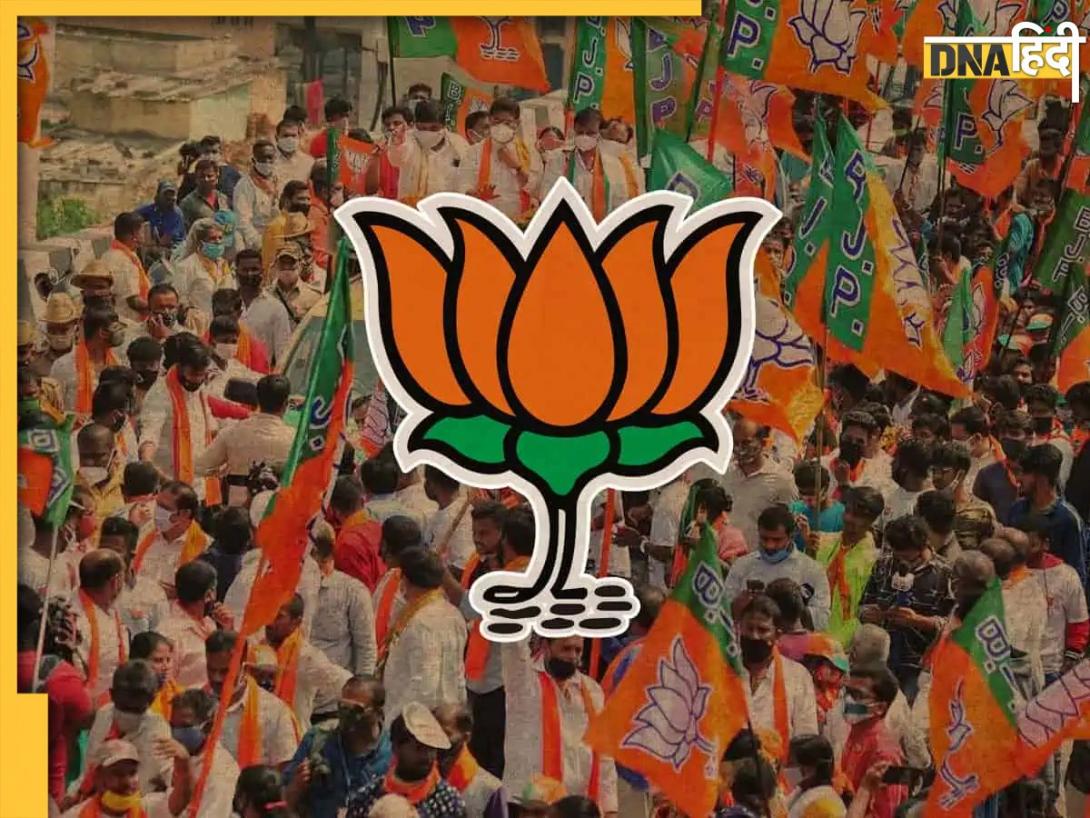











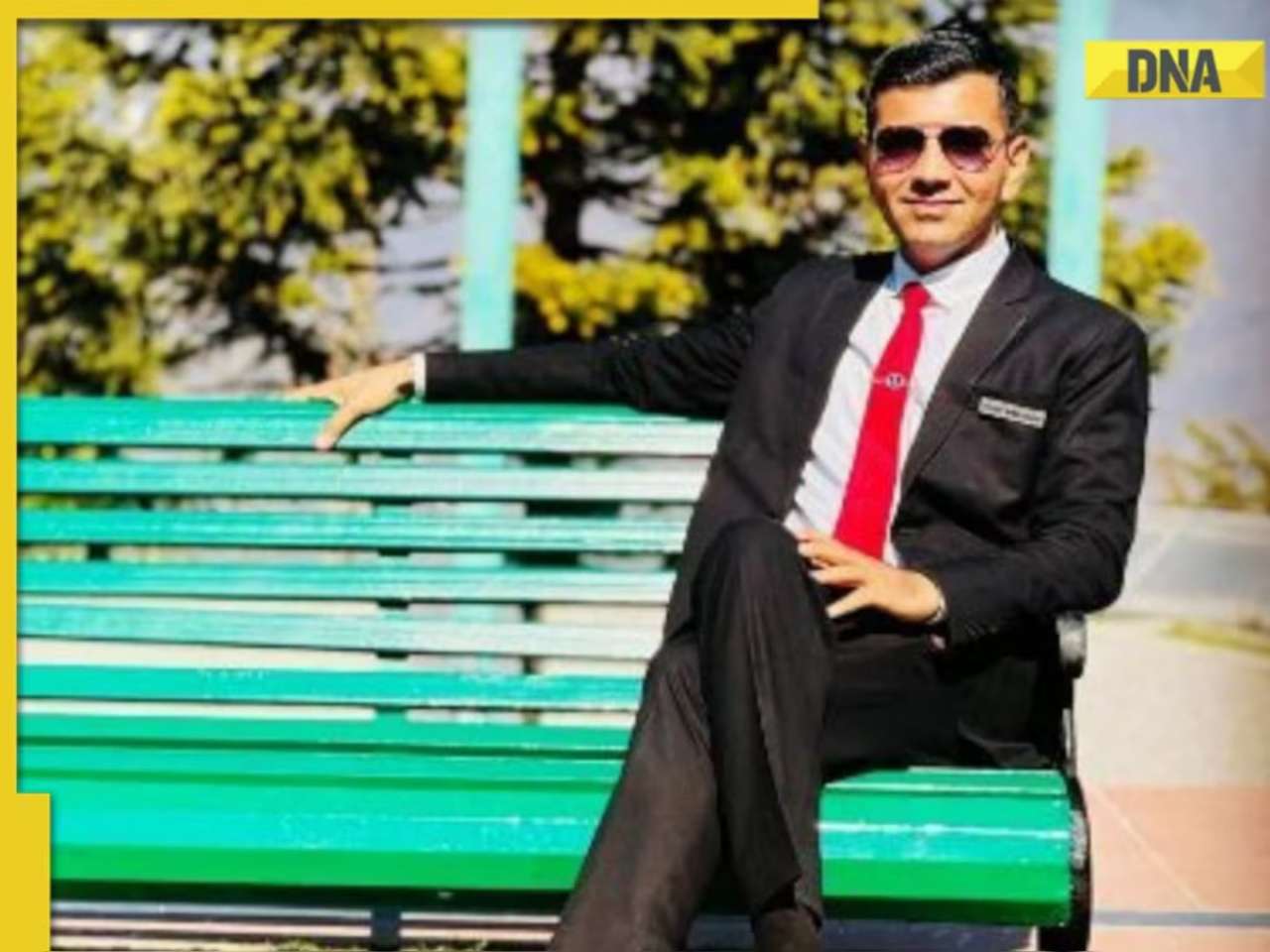



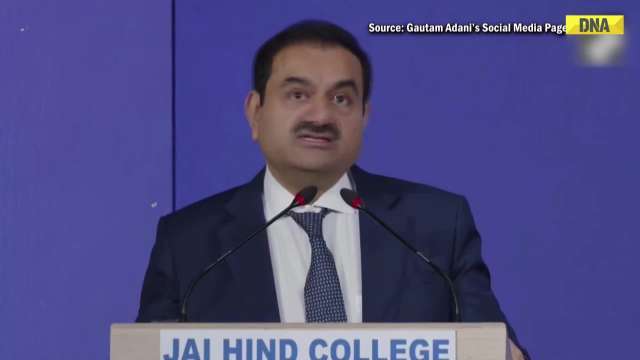


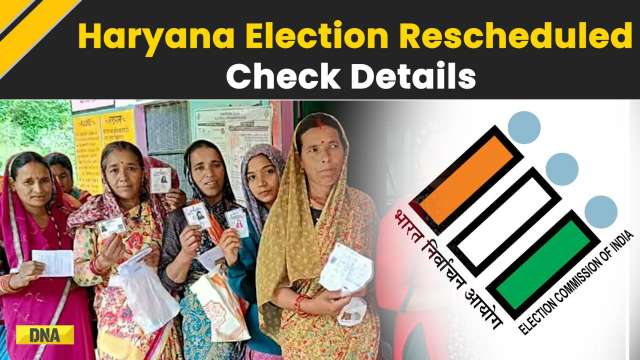












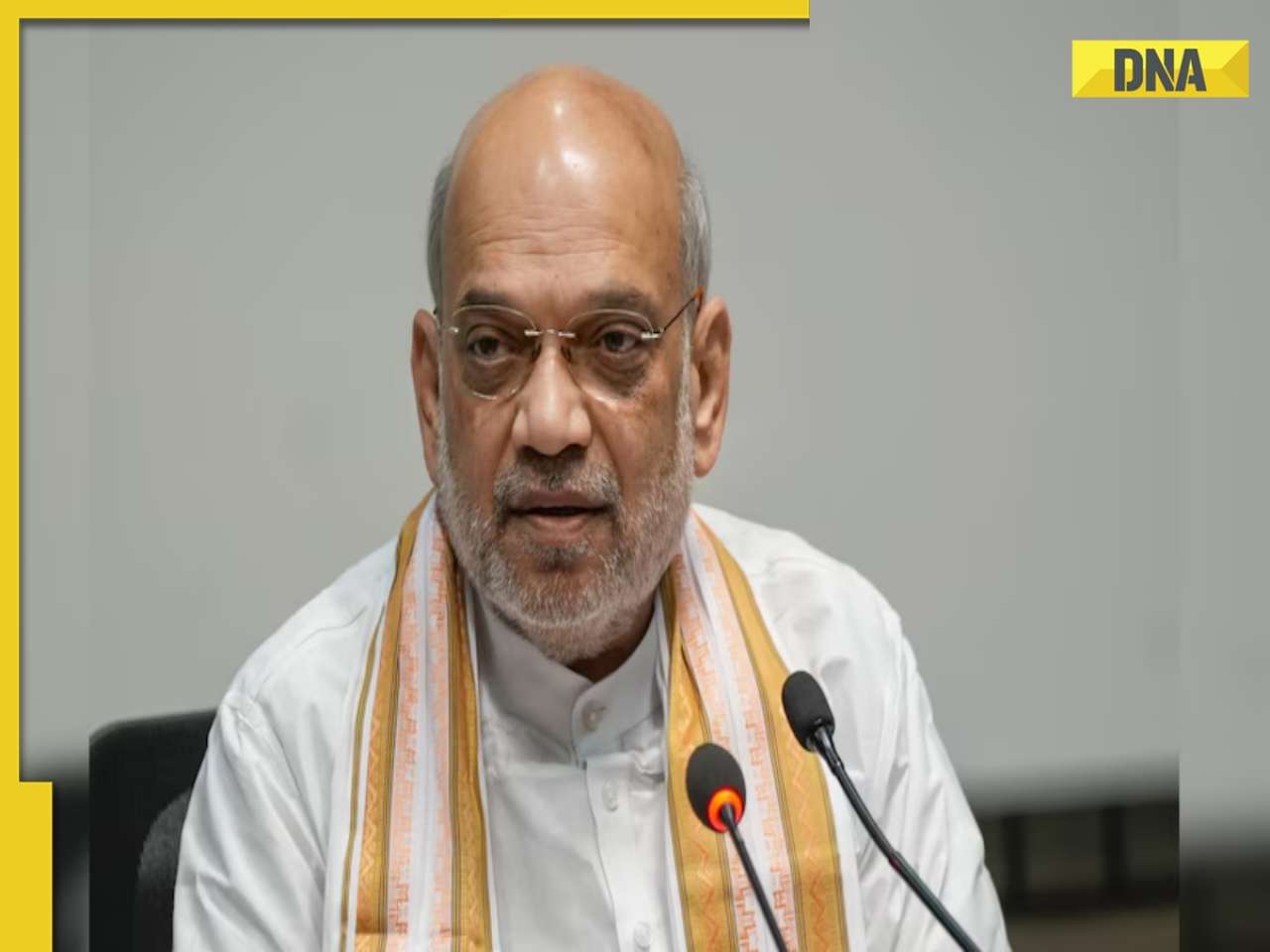


)
)
)
)
)
)
)
)
)
)
)
)
)
)





)
)
)
)
)
)